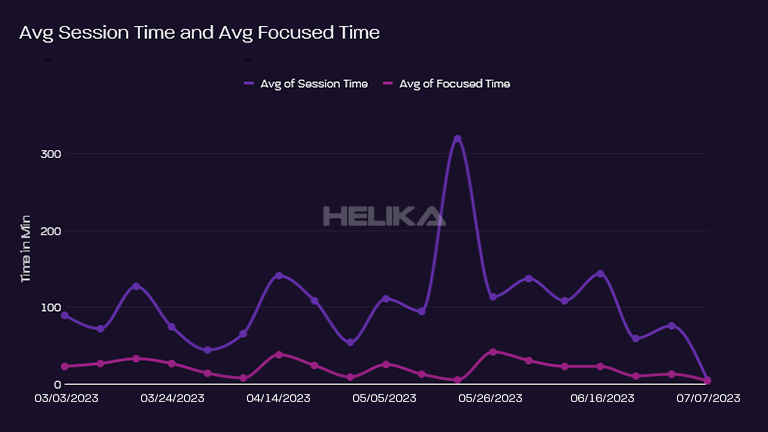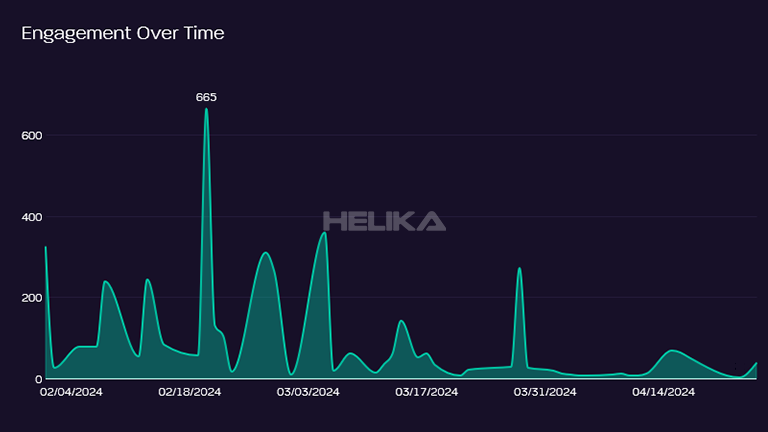Understanding the player lifecycle and knowing how to make improvements can be the difference between a successful game and one that falls short. In the ever-evolving gaming industry, it is crucial for web3 games to have effective player lifecycle management strategies in place.
From push notifications to marketing campaigns, there are many factors that contribute to keeping players engaged and retained. Ignore #3 on this list at your peril.
Key Takeaways:
- Implement strategies for player retention and engagement early on in the development process.
- Utilize data to continuously improve the game experience for players at all stages of the lifecycle.
- Understand that each player’s journey is unique and tailor your approach accordingly.
#1 – Analyzing Your Current Player Base and Game Data
Before implementing any player lifecycle management strategies, it’s important to understand who your current players are and how they interact with the game. This includes gathering behavioral data such as time spent playing, in-app purchases, and engagement levels.
By analyzing this data, you can identify patterns and trends that will help you make informed decisions about where to focus your efforts in terms of player retention and engagement. With Helika as your Web3 game’s data analytics partner, you can access real-time data and insights to make data-driven decisions for your player lifecycle management.
#2 – The Right Time for Engagement
Timing is everything when it comes to player lifecycle management. Knowing when to engage with players can greatly impact their overall experience with the game. For example, sending push notifications during a game session may disrupt the player’s flow and lead to disengagement.

It’s important to strike a balance between too much and too little engagement. Utilizing data from your current player base can help you determine the best times for outreach, whether it be through in-game messages or targeted marketing campaigns. For example, a push notification informing your audience about new games or new content on Helika can be sent at an appropriate time to maximize engagement.
#3 – Personalization is Key
As mentioned earlier, each player’s journey is unique. This means that a one-size-fits-all approach to player lifecycle management will not be effective. Instead, it’s crucial to personalize your interactions with players and tailor them according to their behavior and preferences.
By utilizing data on each individual player, you can create personalized experiences that will keep them engaged and coming back for more. This can include targeted promotions, customized in-game events, and personalized messaging based on their gameplay habits.
#4 – Constantly Evolving
Player lifecycle management is not a one-and-done process. It requires constant monitoring and adjustment to stay effective. As your game evolves, so do your players’ behaviors and preferences.
With Helika’s data analytics platform, you can track these changes in real-time and make adjustments to your strategies accordingly. This ensures that you are always providing the best experience for your players and maximizing engagement opportunities.

#5 – Creating a Visual Mind Map
One useful tool for understanding and managing the player lifecycle is creating a visual mind map. This can help you visually map out the different stages of the player journey and identify potential areas for improvement.
Start by identifying key touchpoints in your game, such as onboarding, gameplay, social features, and monetization opportunities. Then, connect these touchpoints with arrows to show how players move through each stage.
This visual representation can help you identify any gaps or issues in your player lifecycle management strategy and make necessary adjustment to improve the experience for your players.
#6 – Consider The Psychology of The Lifecycle
Beyond data and analytics, it is also important to consider the psychology behind the player lifecycle. This includes understanding player motivations, behavior patterns, and triggers that can influence their decision-making.
By incorporating psychological principles into your player lifecycle management strategy, you can create a more engaging and personalized experience for your players. For example, using reward systems or implementing social features that tap into players’ need for belonging and competition.
The mindmap tip above can help you visualize where these psychological factors may come into play in the player journey and allow you to design strategies that cater to them.
#7 – Segment New Players From Core Players
Player engagement may differ between new players and core players (veteran status) who have been in the game for a longer period of time. Therefore, it is important to segment these two groups and tailor your player lifecycle management accordingly. With the right target audience, personalized marketing to match the player behaviour can be pushed leading to better player lifecycles.
To best manage this for quality assurance, working with a data analyst or specialist can help you understand and interpret the data gathered about these two groups, and how to create personalized strategies for each. With best practices and this type of data, project managers can make a big impact on their bottom line.
Final Thoughts
Creative teams must find the best ways to inspire dormant players to come back into the lifestyle while keeping engaged players in the game for years to come. With a well-designed player lifecycle management strategy that takes into account psychological principles and segmentation of different player groups, you can create a more dynamic and engaging experience for your players.
Unleash the power of Web3 gaming analytics to increase player retention, maximize engagement, and drive success in this rapidly evolving world of Web3 gaming!
With experience working with the leading Web3 game developers, our data analysts have proven success in creating player lifecycle management strategies that lead to higher player retention rates and increased revenue. Connect with our team at Helika to learn more about how we can help you create a successful game



